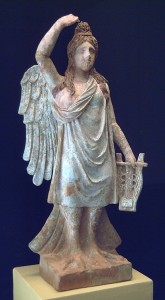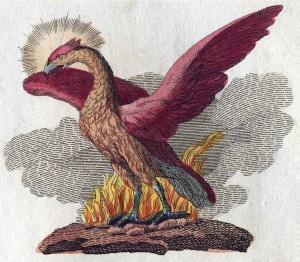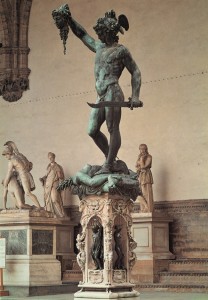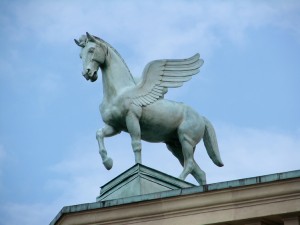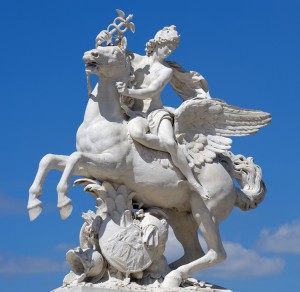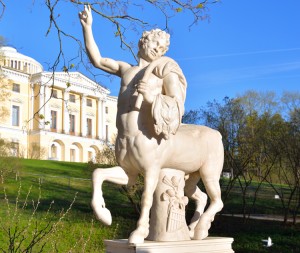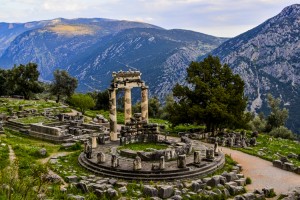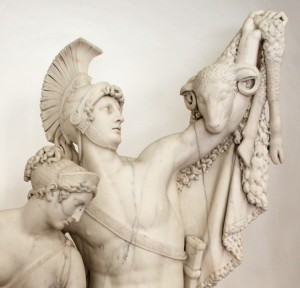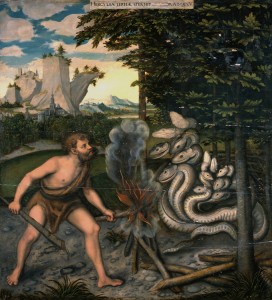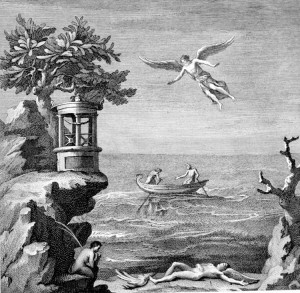Mythic Monday: The Original Titans
Monday, December 18th, 2017December 18, 2017
The Titans were the earliest gods in Greek mythology. The Greeks generally believed the Titans were giant in size and immensely strong. The word titanic, meaning huge and enormously powerful, comes from their name.
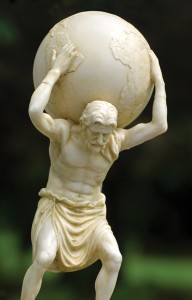
Atlas, one of the Titans, was forced to support the world on his shoulders forever. Credit: © Shutterstock
According to Greek myths, the universe originally existed in a state of emptiness called Chaos. Gaea, Mother Earth, emerged from Chaos and gave birth to Uranus, the sky. She then married him. Gaea and Uranus had many children, including the Titans. According to the Theogony, a work by the ancient Greek poet Hesiod, there were 12 original Titans. They were the brothers Coeus, Crius, Cronus, Hyperion, Iapetus, and Oceanus and the sisters Mnemosyne, Phoebe, Rhea, Theia, Themis, and Tethys. Other Titans included Atlas and Prometheus.
The youngest and most important Titan was Cronus, who married Rhea, his sister. Under his leadership, the Titans deposed Uranus, and Cronus became king of the gods. Rhea and Cronus had numerous children, but Cronus swallowed them as soon as they were born to prevent one of them from overthrowing him. Rhea was determined to save Zeus, her youngest son. She tricked Cronus into swallowing a stone wrapped in baby clothes believing it was Zeus. She then hid the infant on the island of Crete.
After Zeus grew up, he tricked his father into vomiting up all the Titan offspring he had swallowed. Zeus then led his brothers and sisters in a war against Cronus and overthrew him. Zeus banished Cronus and the Titans who had supported him to an underworld region called Tartarus. The defeat of Cronus established Zeus as the supreme ruler of the universe and thus played an important role in ancient Greek religion.

